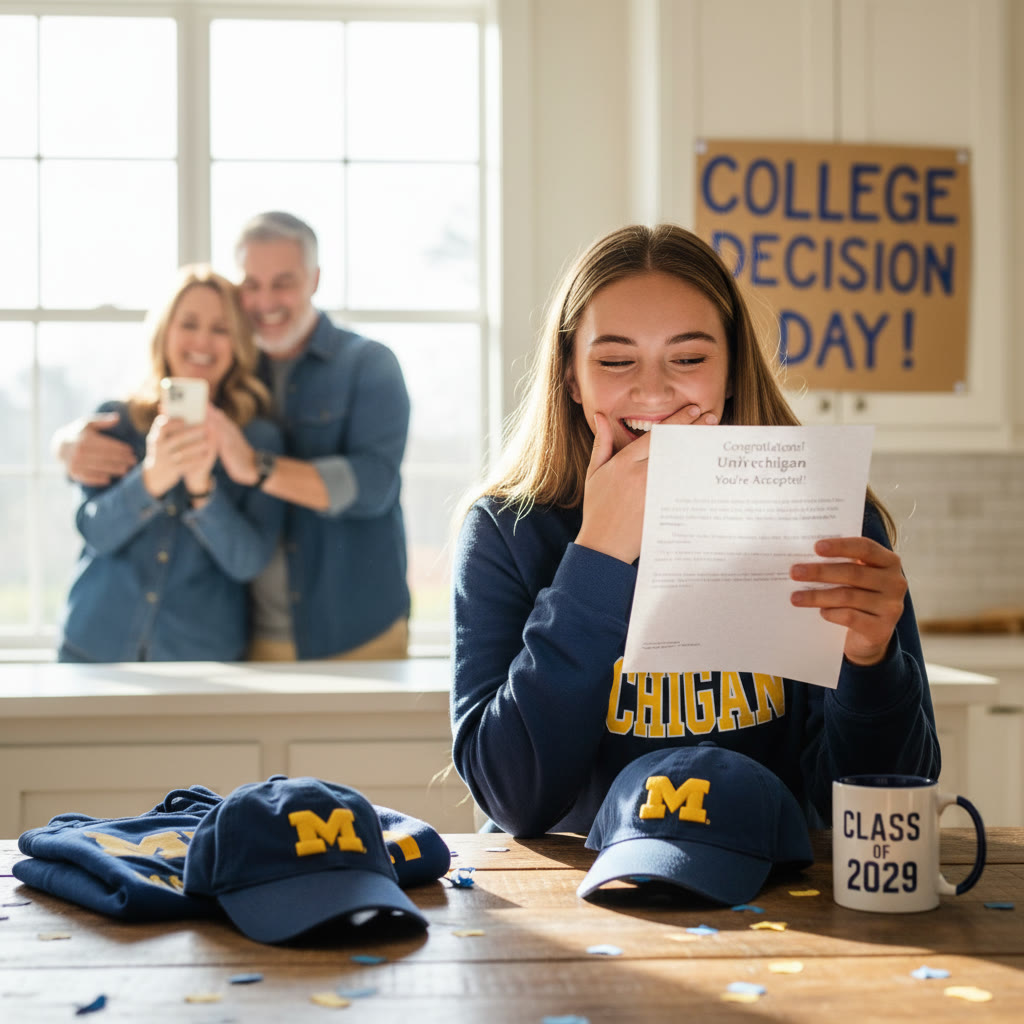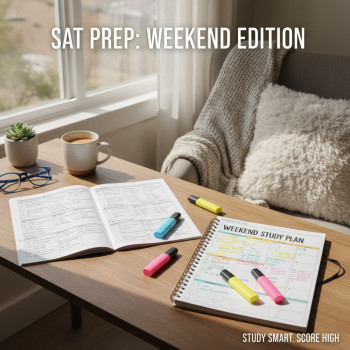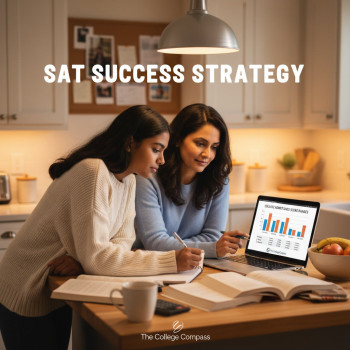Why this matters: The SAT in the context of Tufts admissions
For ambitious students dreaming of Tufts University, the college application process can feel like a carefully choreographed performance: grades, essays, extracurriculars, recommendations — and the SAT. Over the past few years, policies around standardized testing have shifted, but one thing hasn’t changed: a strong SAT score can still be a powerful piece of evidence that helps admissions officers understand academic preparation and potential.

Tufts takes a holistic approach, weighing many parts of your profile. That said, the SAT remains a metric that can broaden your opportunities — from admission to merit consideration — especially when your score aligns with the range seen among admitted students.
What Tufts typically looks like on SAT scores
When thinking about target scores, it’s helpful to know where Tufts students commonly fall. The middle 50% SAT composite scores for admitted students historically cluster in a competitive band. This gives you a realistic target range to aim for and helps you position other parts of your application accordingly.
Target score range
Most admitted students at Tufts have SAT totals in the high-range — a number that reflects strong performance across Evidence-Based Reading & Writing and Math. If you’re aiming for a competitive application, targeting a score near or above that middle 50% range gives you breathing room. Remember: a single test score is only part of the story.
How to use the score range strategically
- If your score is within the middle 50%: You’re in the competitive range; focus on rounding out essays and showcasing activities.
- If your score is above the range: Use that strength to balance weaker areas (e.g., lower course rigor or GPA).
- If your score is below the range: Consider retesting, submit strong test-optional materials (if applicable), or pair your application with exceptional demonstrated interest and strong subject-specific achievements.
Test-optional or test-considered? Understanding Tufts’ policy
Over recent admissions cycles many colleges updated their testing policies. Tufts has taken a nuanced approach: they review the testing policy each cycle and typically indicate whether they consider SAT scores when submitted. For many applicants, submitting a strong SAT can be helpful; for others — especially when scores don’t reflect academic strength — applying without scores can be a reasonable choice.
Questions to ask when deciding whether to submit scores
- Are my SAT scores near or above the typical range for Tufts?
- Do my scores reflect my classroom performance and GPA?
- Would specific scholarships or programs at Tufts consider test scores?
Planning your Digital SAT timeline — sensible dates and milestones
Planning is half the battle. The Digital SAT format, with its shorter sections and adaptive engine, rewards specific practice and familiarity. Start early, build consistent habits, and time your tests so you have options to retake if needed.
Suggested timeline for juniors and seniors
- Junior year spring: Take a first Digital SAT or mock exam to establish a baseline.
- Summer before senior year: Intensive practice and targeted review on weaknesses.
- Early fall senior year: Take or retake the Digital SAT so results are ready for early applications.
- October–December: One final retake window (if necessary) before regular decision deadlines.
How to set your personal SAT target for Tufts
Ignore vague “good score” talk. A personal target is specific, measurable, and tied to your application goals.
Three-step method to pick your target
- Identify the middle 50% score band at Tufts as your benchmark.
- Assess your diagnostic test vs. that benchmark to find the gap.
- Set a realistic target that adds a cushion (e.g., +30–60 points) so you can feel confident if you hit it.
Study strategies that actually move the needle
Meaningful score improvement comes from focused practice, not endless hours of passive study. Here are practical approaches that work with the Digital SAT’s format.
Practice the adaptive format
The Digital SAT responds to how you’re doing within modules. Practice with full-length, timed digital sections so you learn pacing and decision-making under the adaptive structure.
Quality over quantity
- Short, focused sessions (45–90 minutes) beat marathon cramming.
- Use error logs: note the exact mistake, the reason, and a quick fix.
- Practice targeted concept drills for recurring weak spots (e.g., algebra strategies, data analysis, command of evidence questions).
Build test day routines
- Simulate test-day conditions: same device setup, noise level, and timing.
- Practice healthy sleep and nutrition the week prior — cognitive performance matters.
- Have a check-list: charged device, approved calculator (if allowed for a section), photo ID, and snacks for after the test.
How other application elements interact with SAT scores
Tufts reads applications holistically. Here’s how SAT results interplay with other pieces of your profile.
GPA and course rigor
A high GPA in a challenging curriculum combined with a competitive SAT shows consistency. If one is weaker, a stronger reading of the other can still make your application persuasive.
Essays and character
Personal essays are where your voice, curiosity, and fit with Tufts’ values shine. A great SAT score opens doors, but your essays tell admissions who you are and why Tufts should pick you.
Recommendations and extracurriculars
Compelling recommendations and sustained activities show engagement and leadership. For applicants with test-optional decisions, these elements become even more central.
Sample score planning table
Use this sample table to set concrete milestones in your preparation. Adjust the numbers to match your diagnostic and the Tufts target you pick.
| Milestone | Timeframe | Action | Target outcome |
|---|---|---|---|
| Diagnostic test | Junior spring | Full-length Digital SAT; note strengths/weaknesses | Baseline score |
| Focused review | Summer before senior year | Target weak areas; 3–4 practice sections/week | +20–40 points |
| First official test | Early fall senior year | Real test conditions | Near target or data for second plan |
| Final adjustments & retake | Oct–Dec senior year | Polish timing and mental routines | Hit or exceed target |
When to consider professional tutoring — and how it helps
Many students benefit from targeted help, especially when they need to close a specific gap or maximize limited prep time. Quality tutoring provides structure, accountability, and tailored strategies. For families exploring options, Sparkl’s personalized tutoring offers 1-on-1 guidance, tailored study plans, expert tutors, and AI-driven insights that can identify patterns in practice tests and recommend the most efficient next steps.
What strong tutoring does differently
- Diagnose precise skill gaps rather than giving generic drills.
- Create a customized plan that fits the student’s schedule and learning style.
- Offer targeted feedback on practice tests and essays to boost overall competitiveness.
Common applicant scenarios and recommended actions
Here are realistic scenarios students face and concrete next steps.
The near-target student (within range)
- Action: Focused polishing (timing, weak question types) and ensure other application pieces are strong.
- Why: Small improvements can push you above the median and give admissions more confidence in your academic readiness.
The below-target student
- Action: Consider a retake if time allows; otherwise emphasize academic trajectory, teachers’ recommendations, and compelling essays.
- Why: Demonstrating strong classroom performance and intellectual curiosity can offset a lower test score in a holistic review.
The high-scorer
- Action: Submit scores, highlight academic interests, and consider applying for merit-based opportunities.
- Why: A top SAT score can bolster competitiveness for selective admission and scholarship consideration.
Financial considerations and fee waivers
Testing and tutoring costs are real. College Board and other programs provide fee waivers and resources for eligible students. For tutoring, many providers offer sliding scale options or packages; ask about trial sessions and results-based milestones so you invest wisely.
Putting it together: an example senior timeline
Meet Maya — a hypothetical applicant. Junior year spring she took a Digital SAT and scored below Tufts’ typical range. Over the summer, she worked with a tutor for focused algebra and evidence-based reading drills, then retook the test in early fall and improved by 60 points. She used Sparkl’s personalized plan to schedule practice, review error logs, and get targeted essay feedback. By application time she had a stronger score, compelling supplemental essays, and two teacher recommendations that highlighted research projects. Result: a cohesive, convincing application that reflected both academics and curiosity.
Test day tips for the Digital SAT
- Familiarize yourself with the digital interface well before test day; practice on the same type of device if possible.
- Time your modules. The Digital SAT’s structure rewards consistent pacing — avoid rushing or lingering too long on one question type.
- Use built-in tools (highlighting, flagging) intentionally to manage difficult passages.
- Stay calm: if a section is rough, reset mentally between modules and focus on the next one.
Interpreting scores once they arrive
When you get your score, don’t react instantly. Compare it to your target, identify the module-level patterns, and decide whether a retake is worthwhile. If your scores are in or above your target range, shift time to essays and schoolwork to maintain academic momentum.
Final thoughts: Make your application unmistakably you
Tufts seeks students who are intellectually curious, community-minded, and ready to contribute to a lively campus culture. The SAT is a tool to demonstrate academic readiness — but the essay, recommendations, activities, and the story you tell as an applicant are equally vital.
Whether you’re a student taking your first Digital SAT or a parent helping plan logistics, remember: sustained, targeted practice beats frantic last-minute studying. Use a clear timeline, set a realistic target, and get help that’s tailored to your needs. If a structured, personalized approach fits your family, options like Sparkl’s 1-on-1 guidance and AI-informed study plans can smooth the path and help you spend practice time on what actually moves your score.
Parting practical checklist
- Take a baseline Digital SAT to know your starting point.
- Pick two test dates: one early (for a confident attempt) and one backup (to improve if needed).
- Create a weekly study plan: 3–5 focused sessions of 60–90 minutes.
- Log every practice test error and create a small “fix list” to revisit weekly.
- Decide on score submission strategy well before deadlines.
One last encouragement
The journey to Tufts — or any selective college — is rarely about perfection. It’s about consistent effort, thoughtful choices, and showing who you are through both numbers and narrative. Use the SAT as one of many tools to tell that story, and let preparation be a process, not a panic. You’ve got this.





















No Comments
Leave a comment Cancel